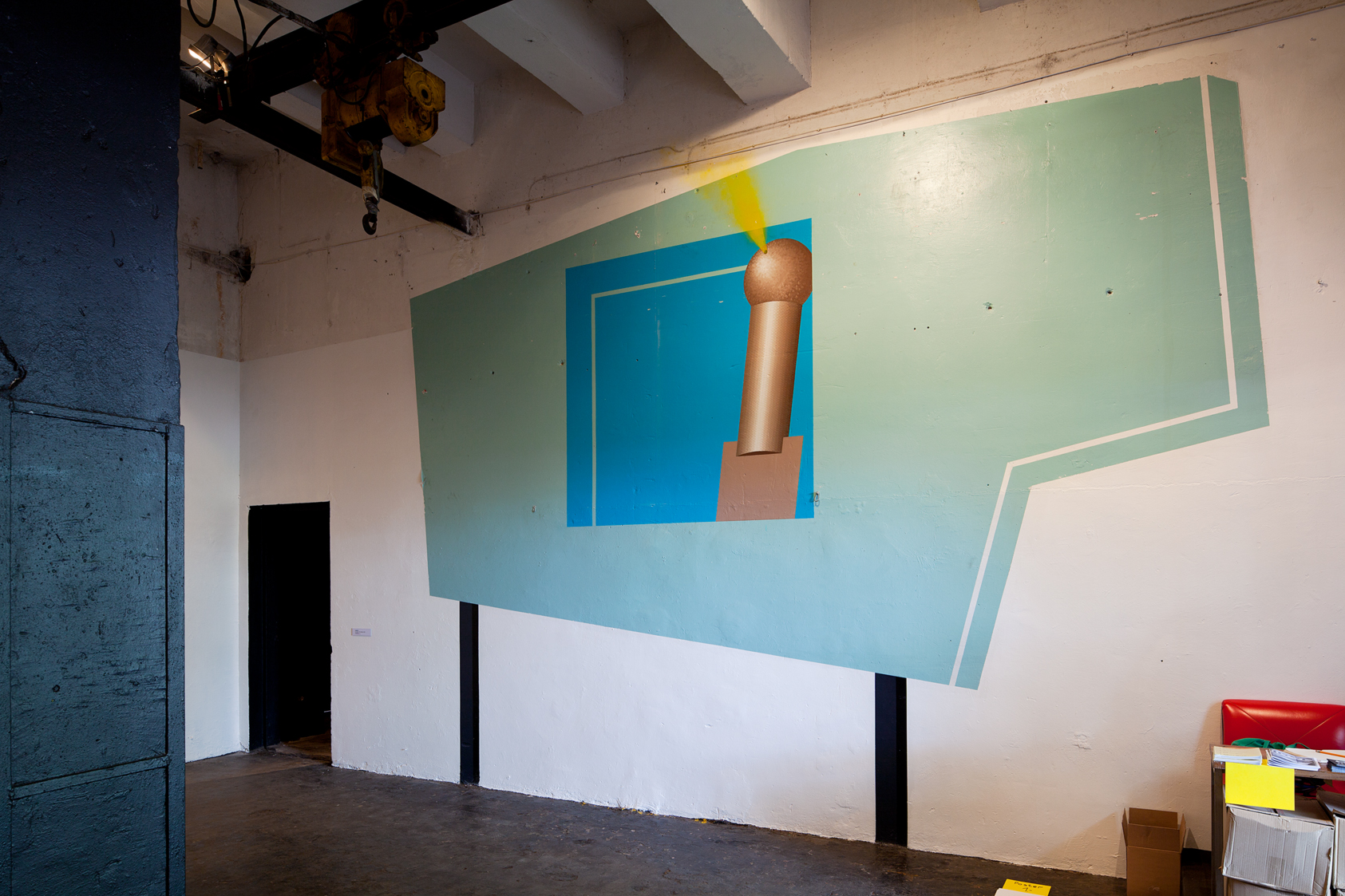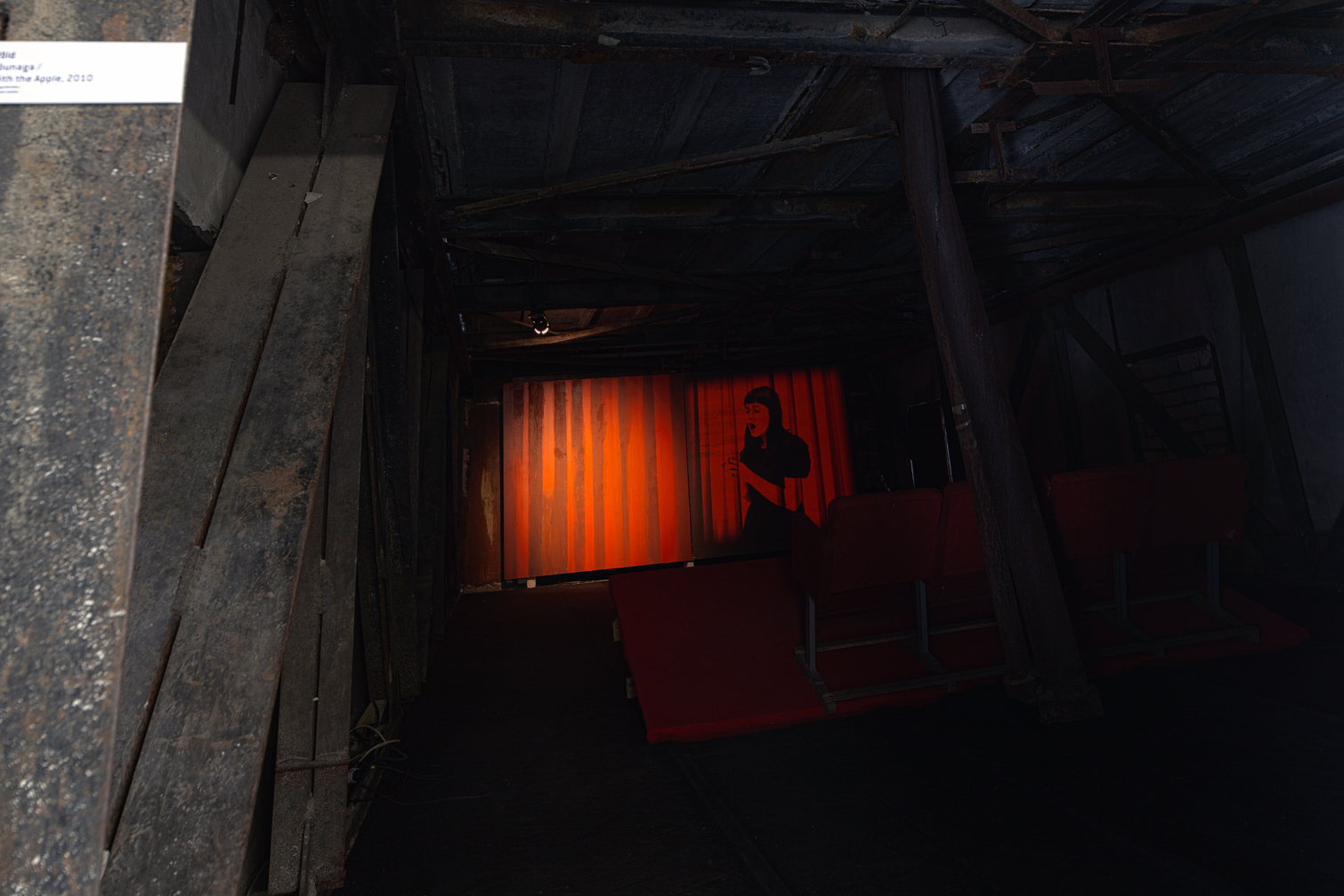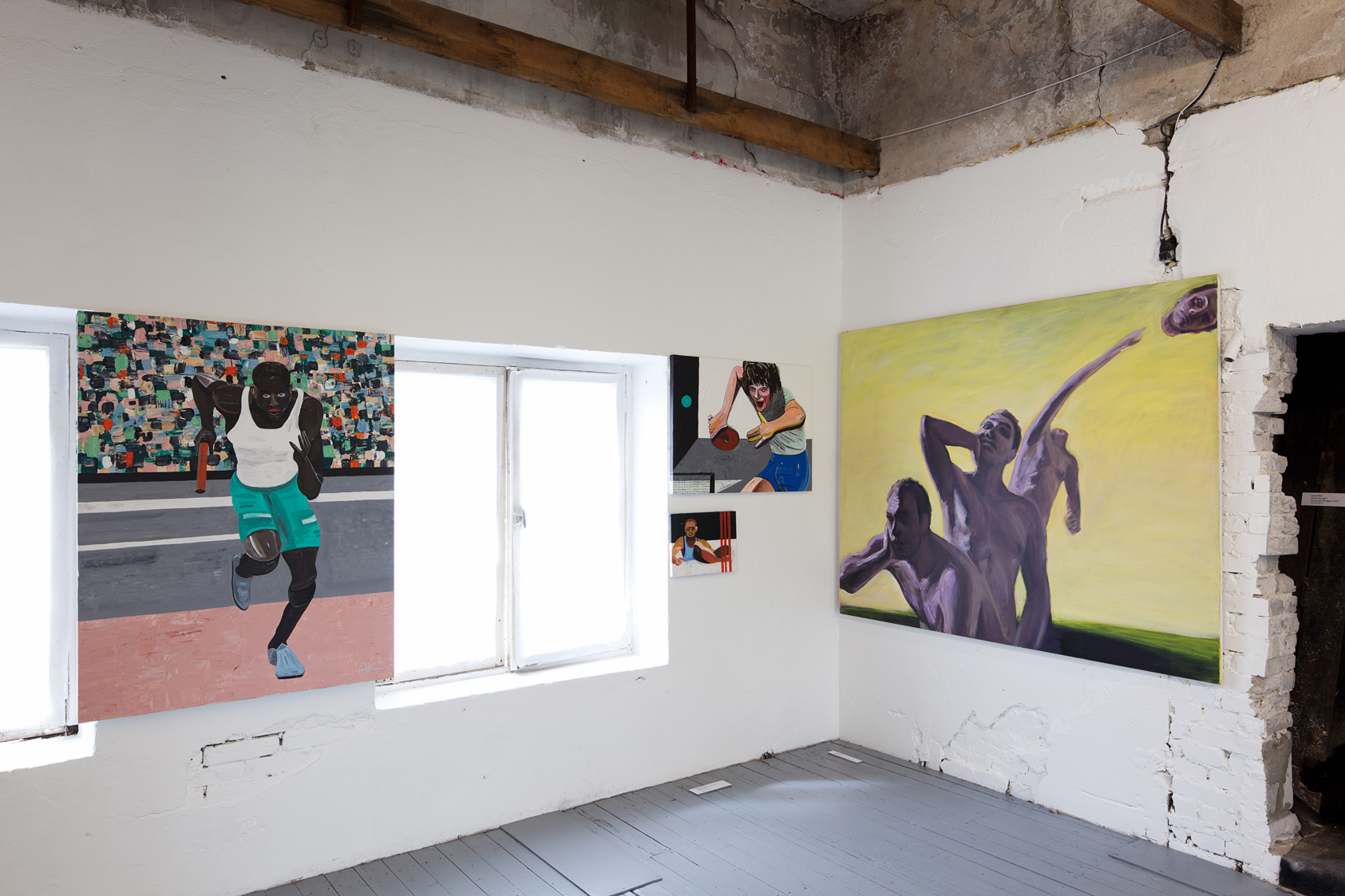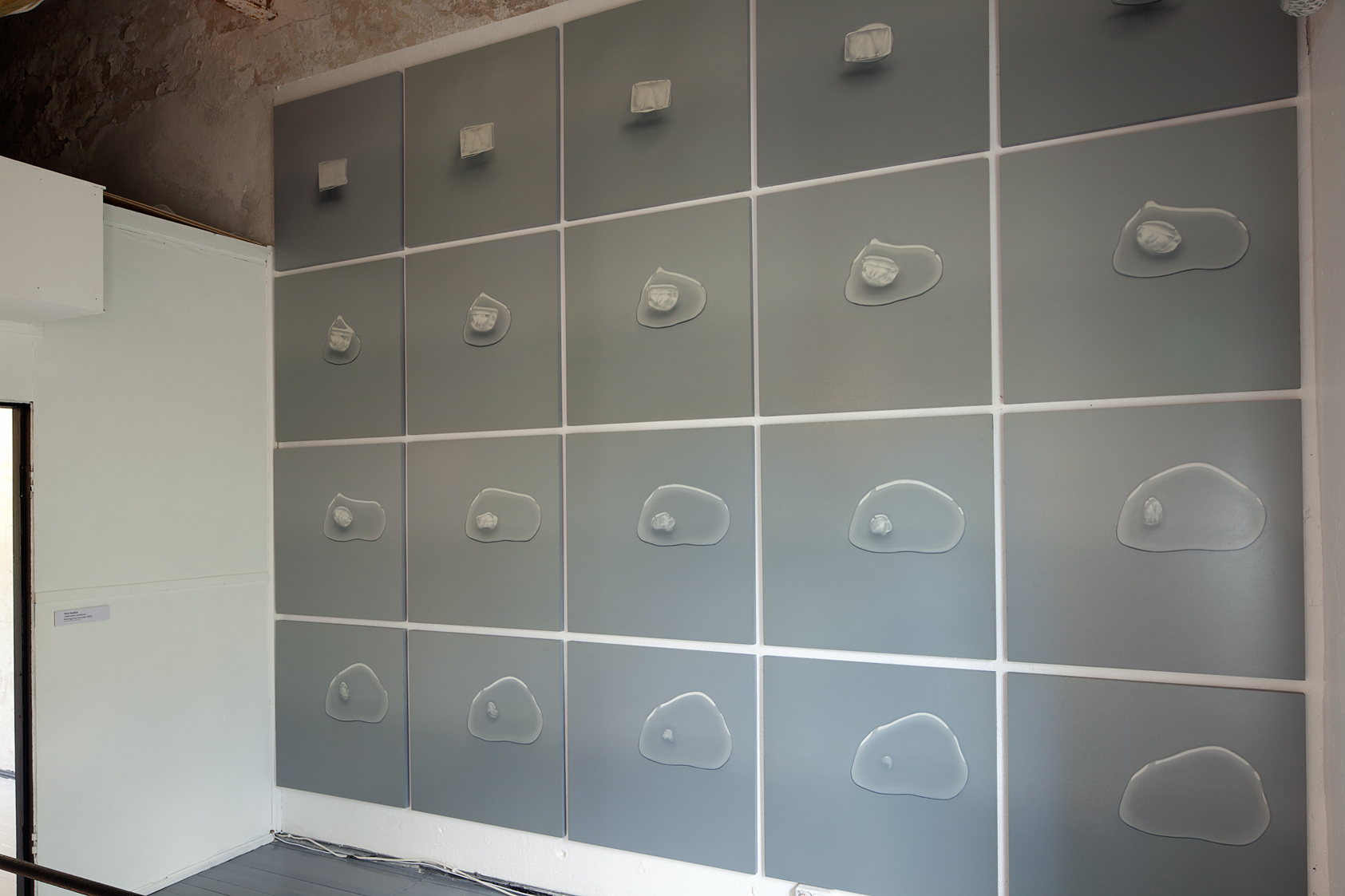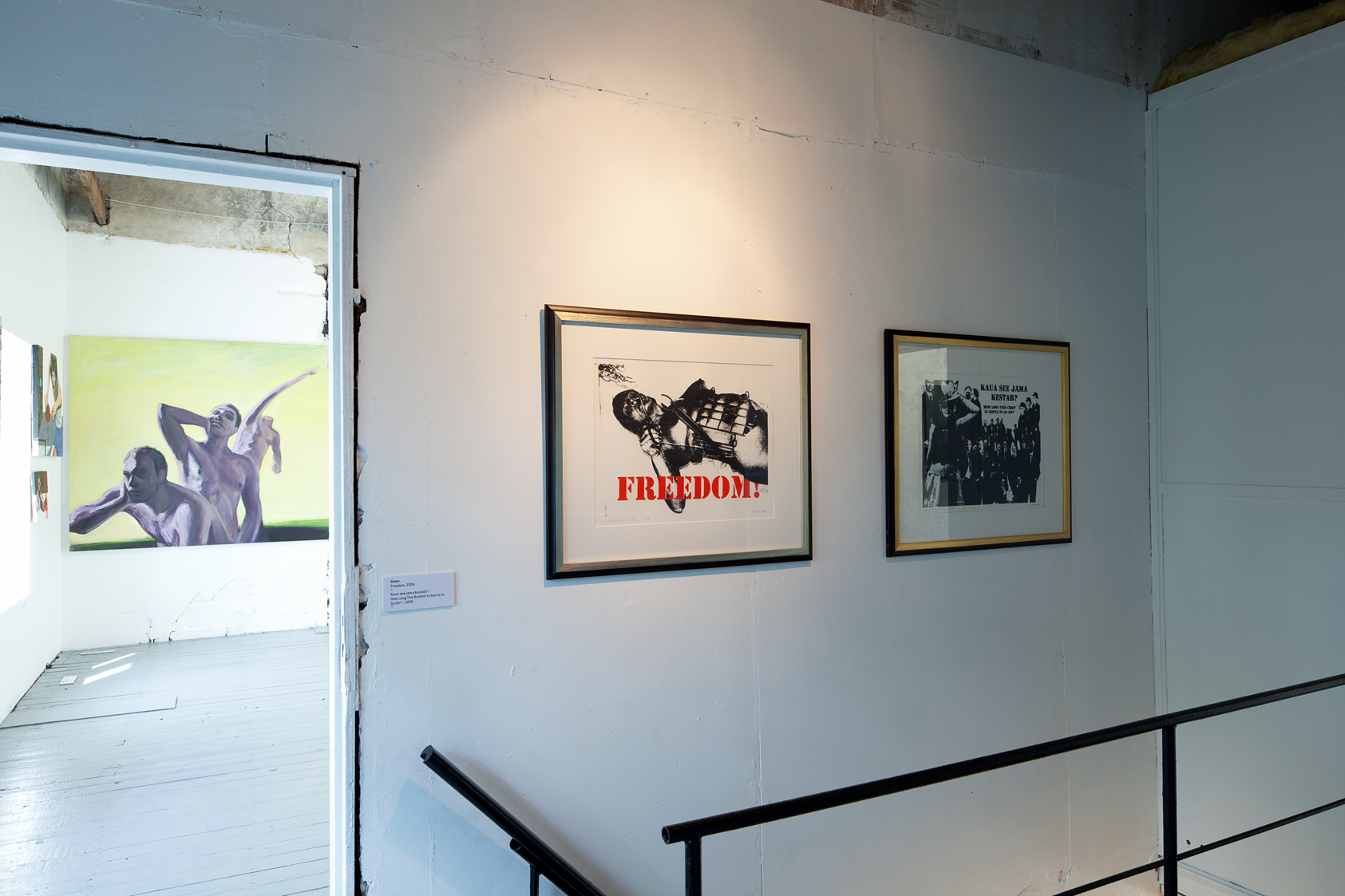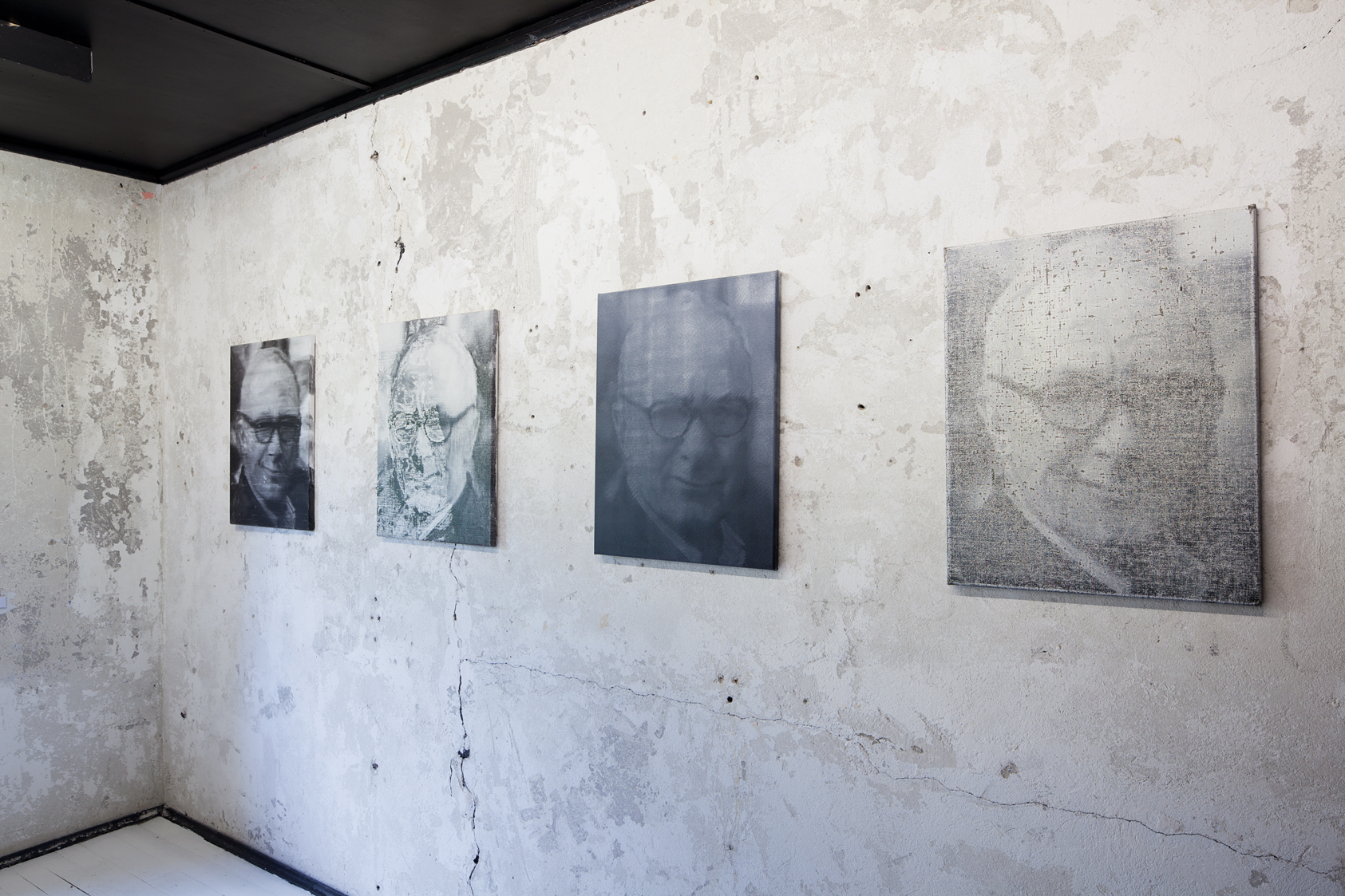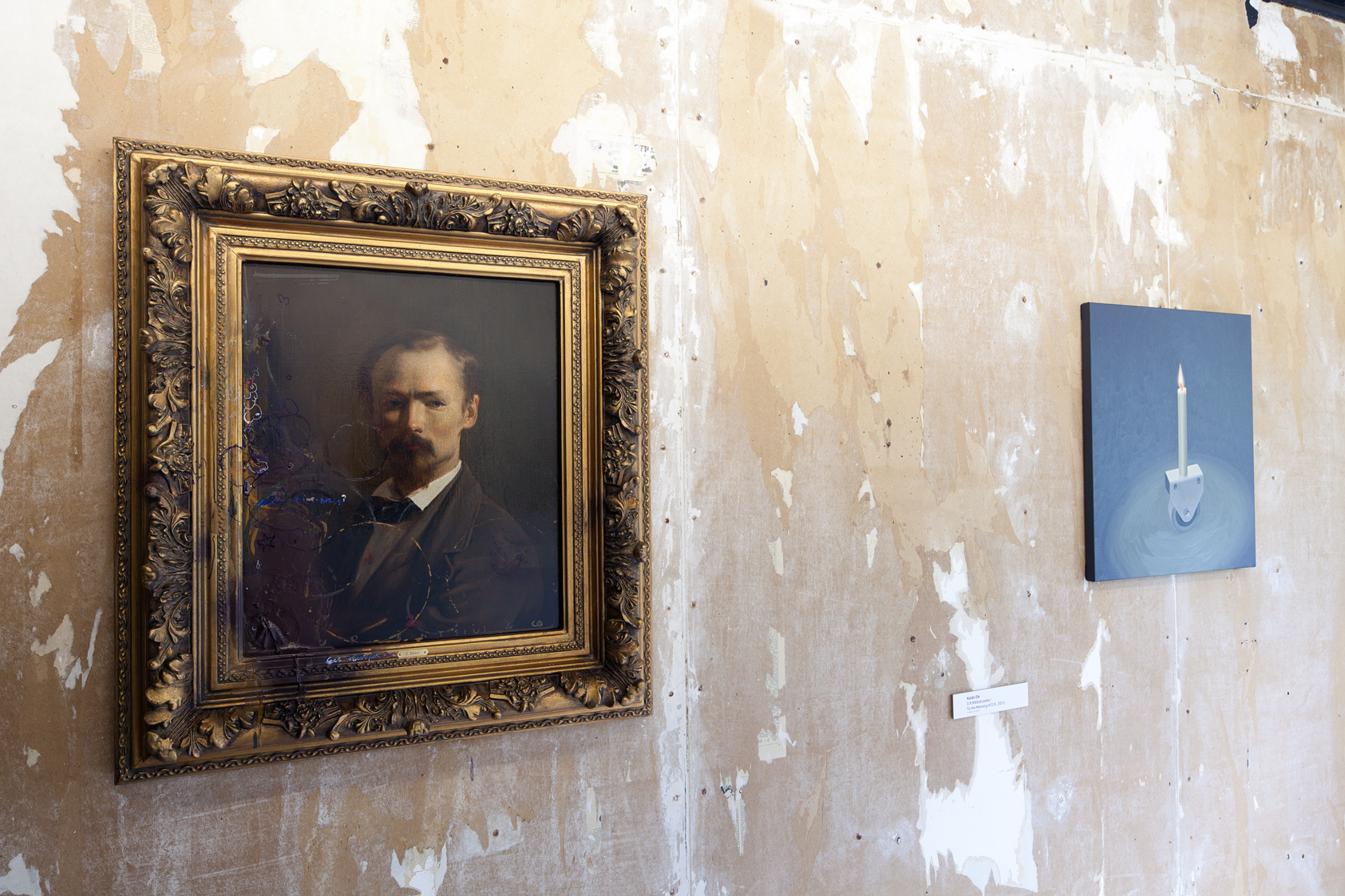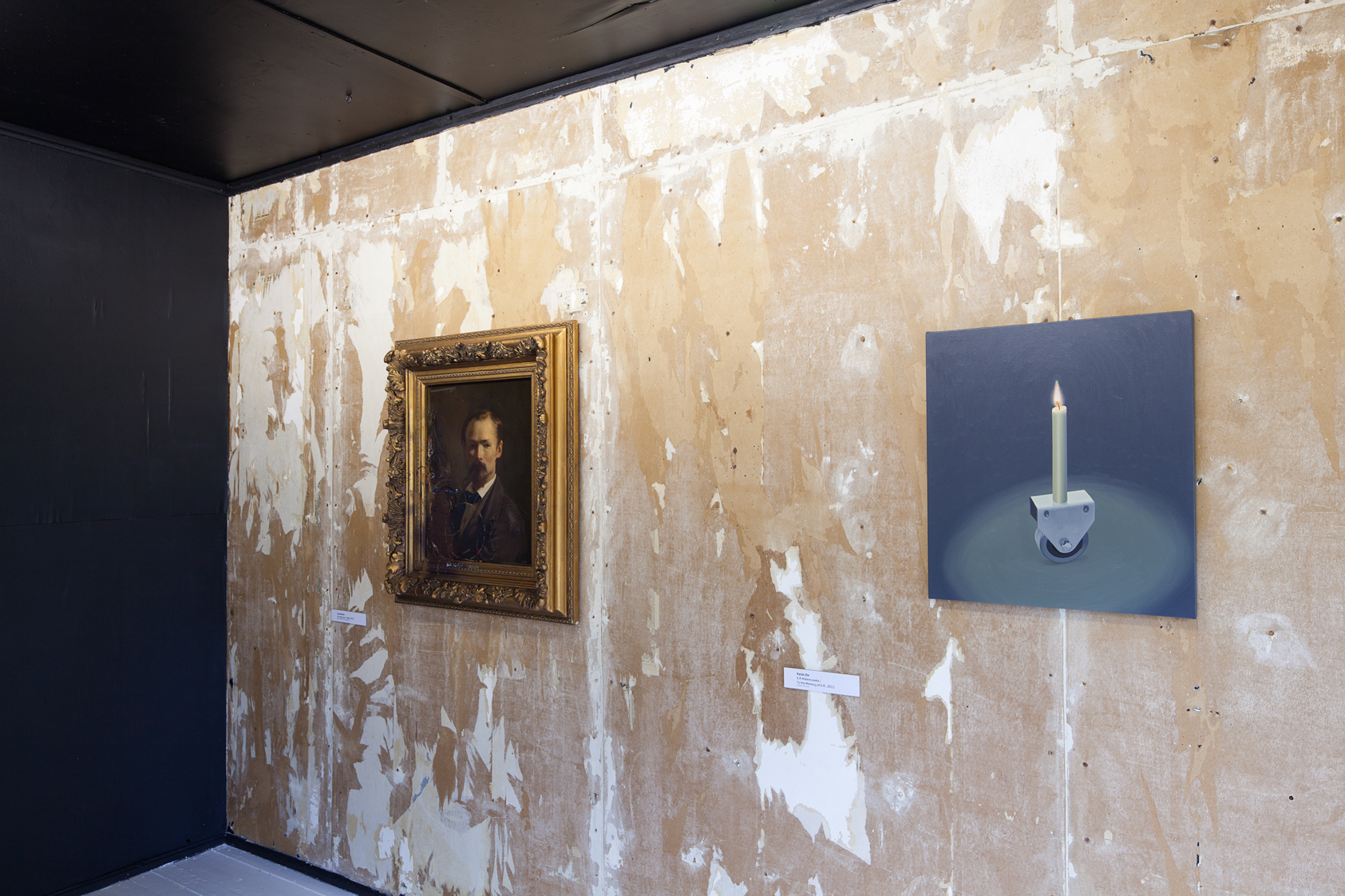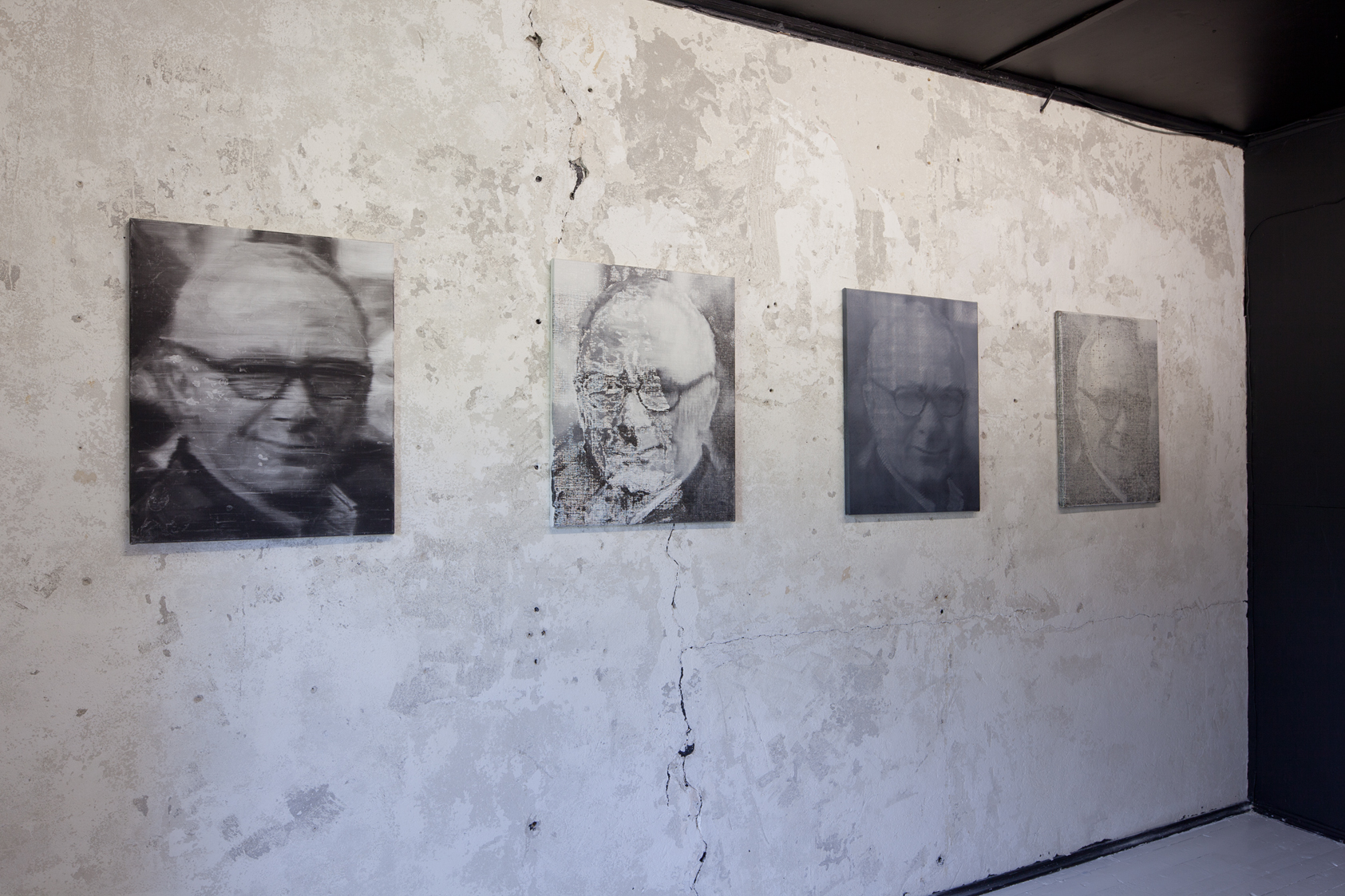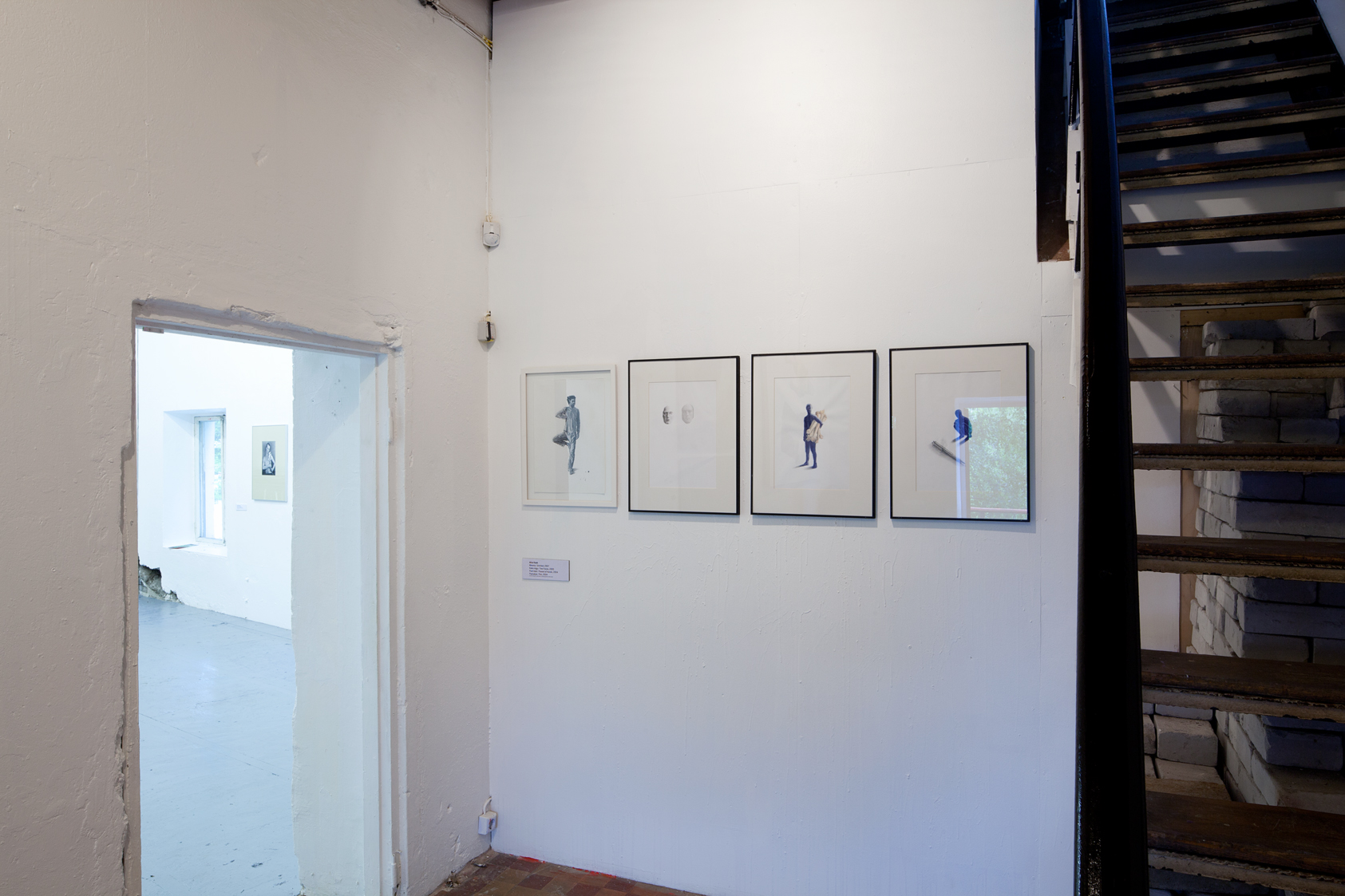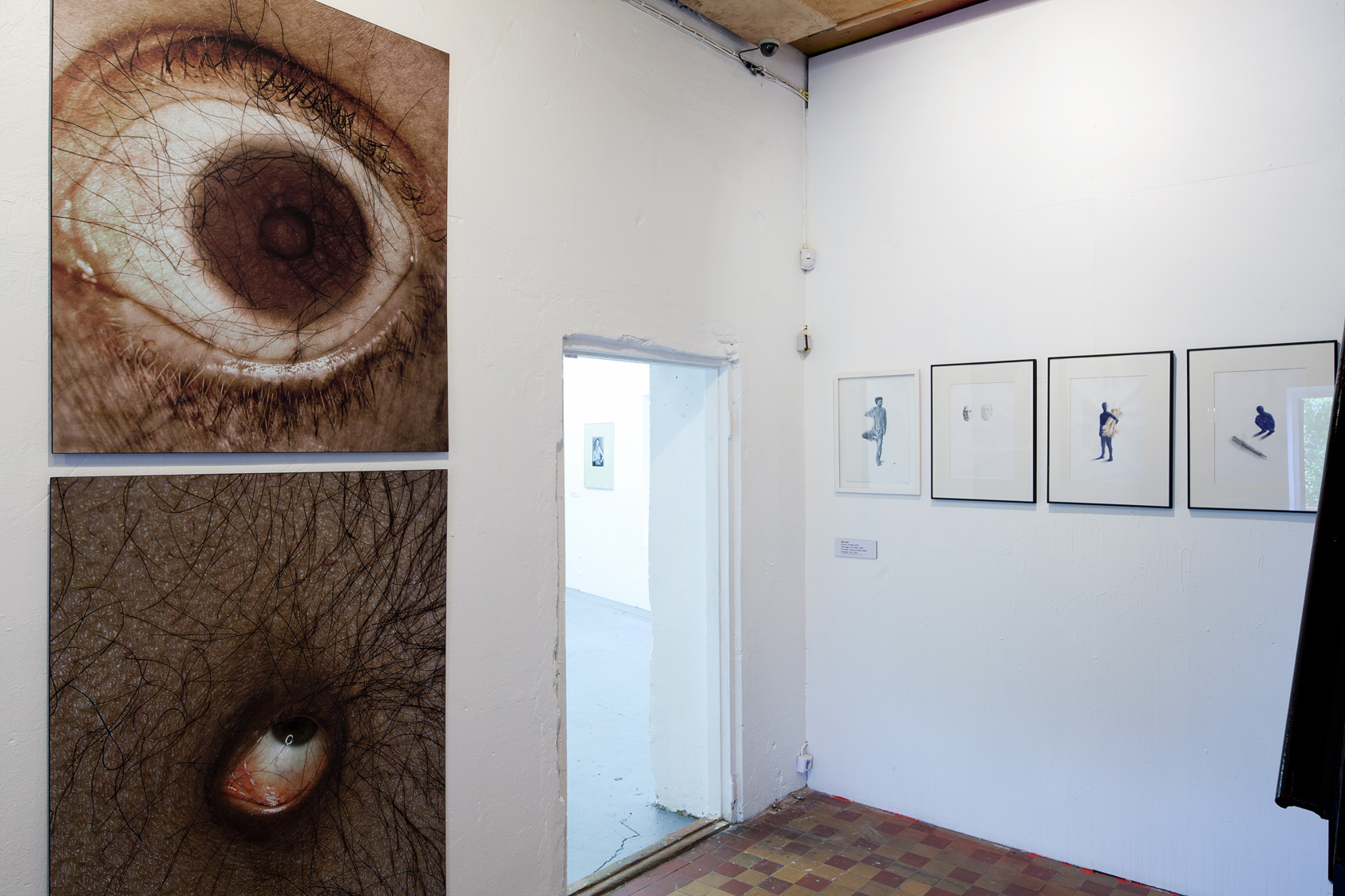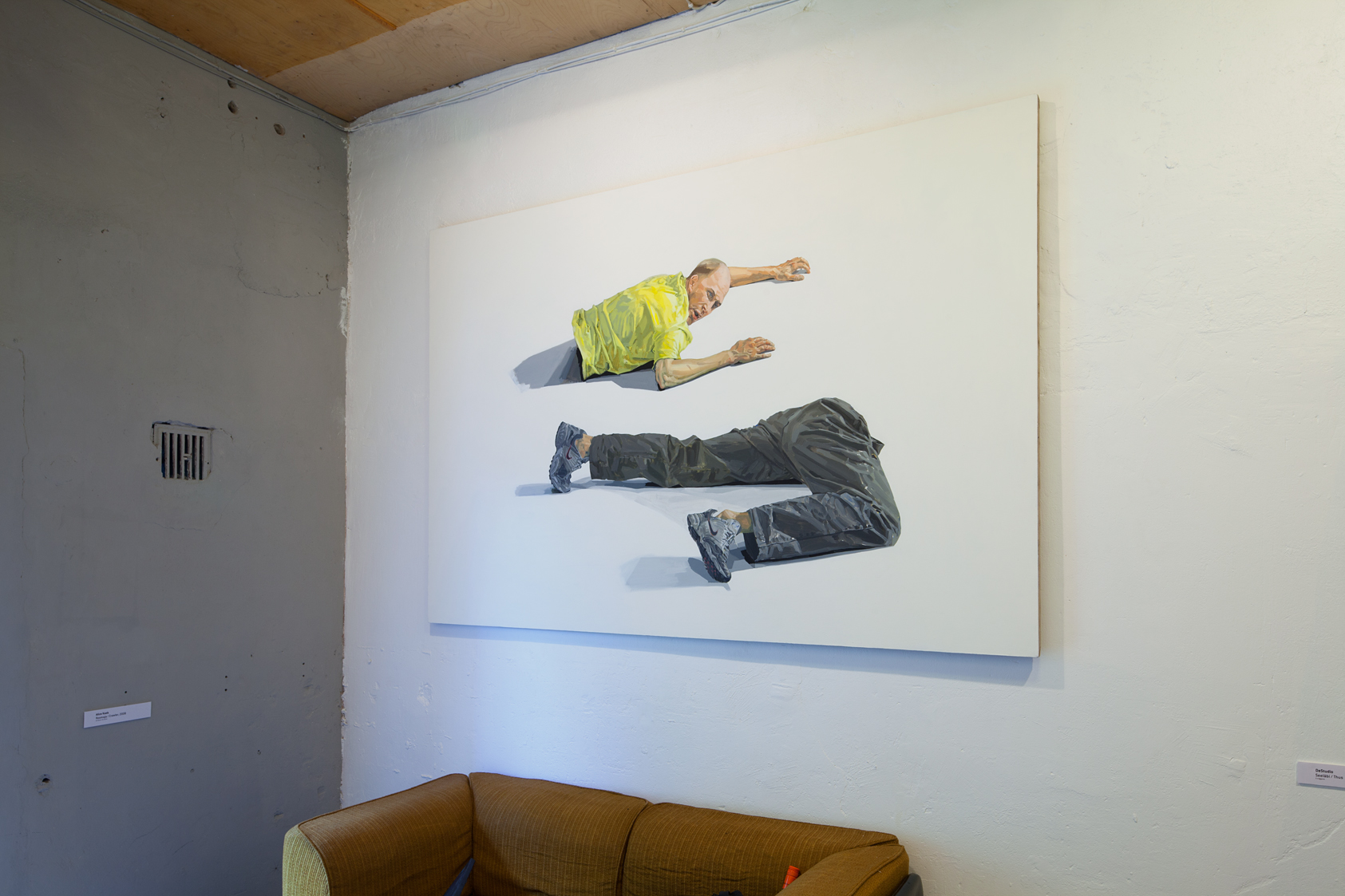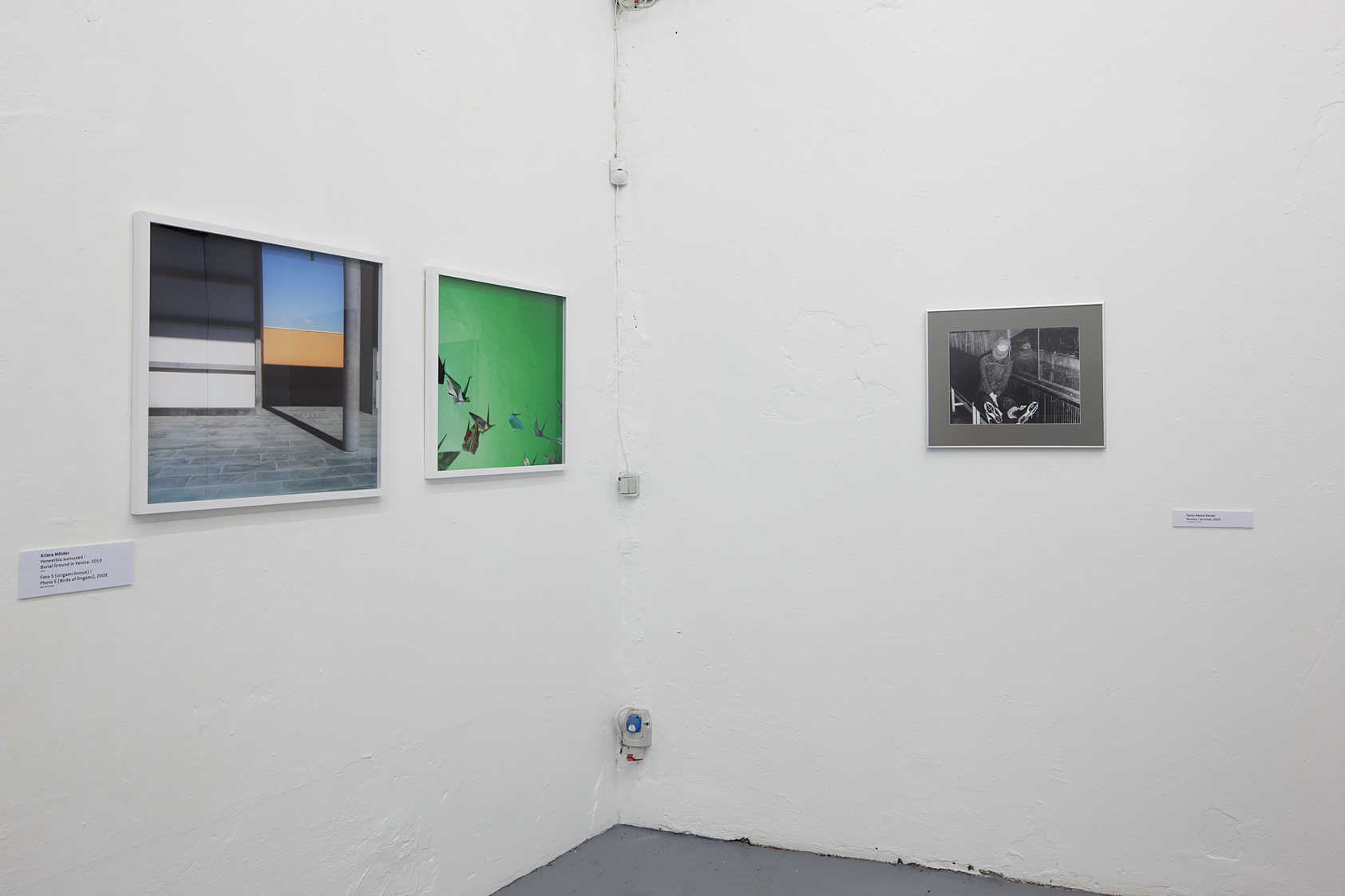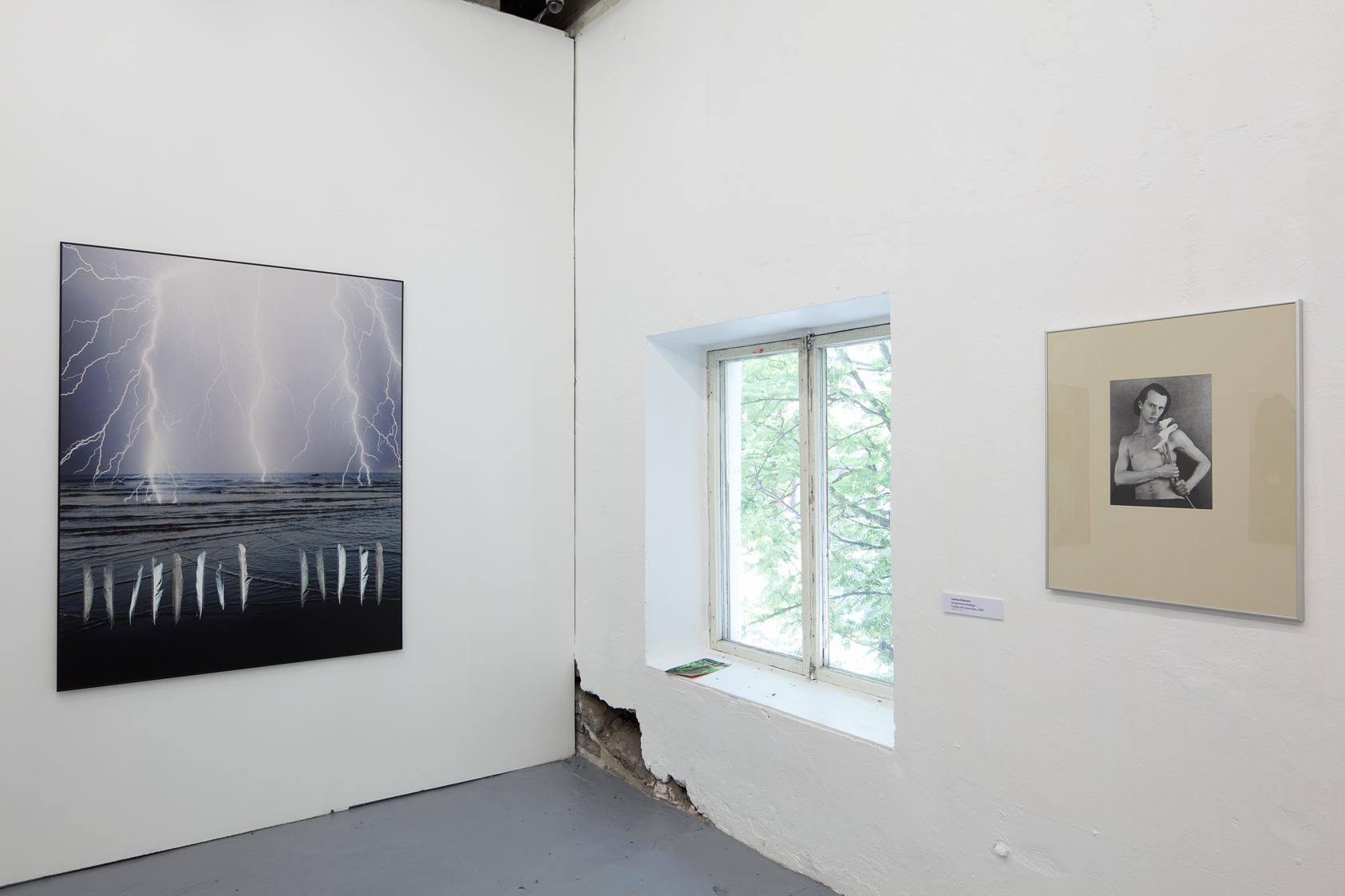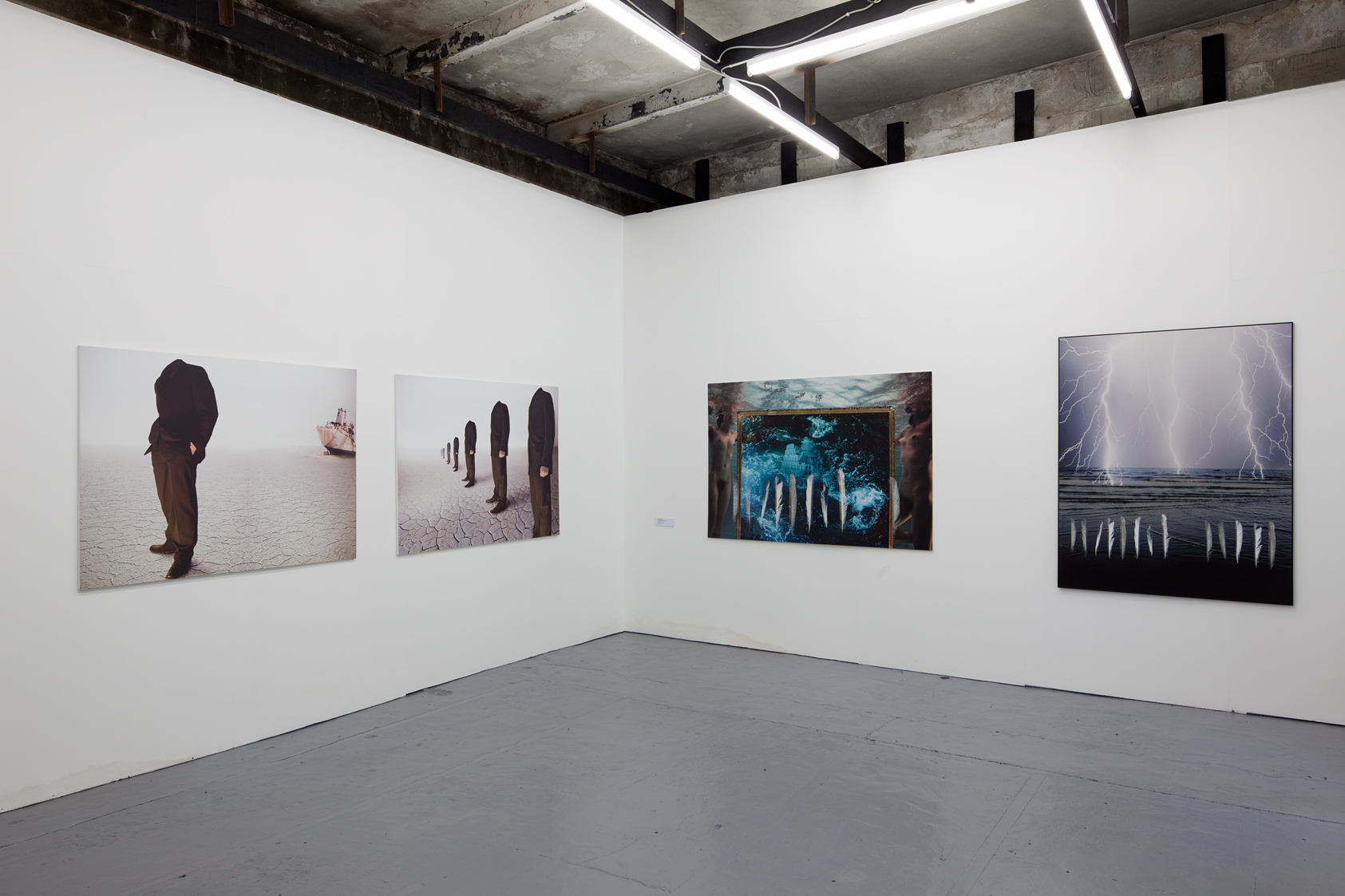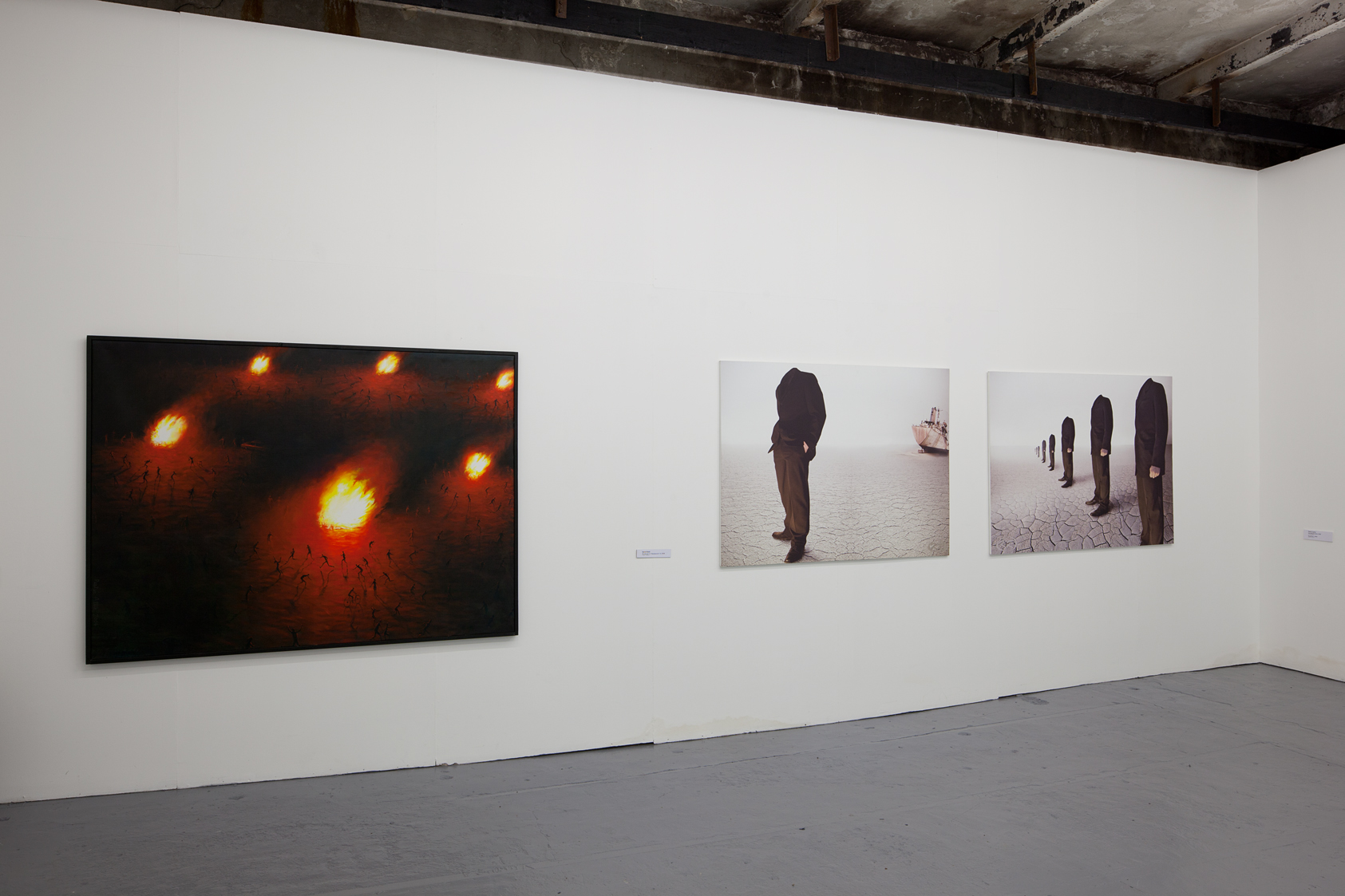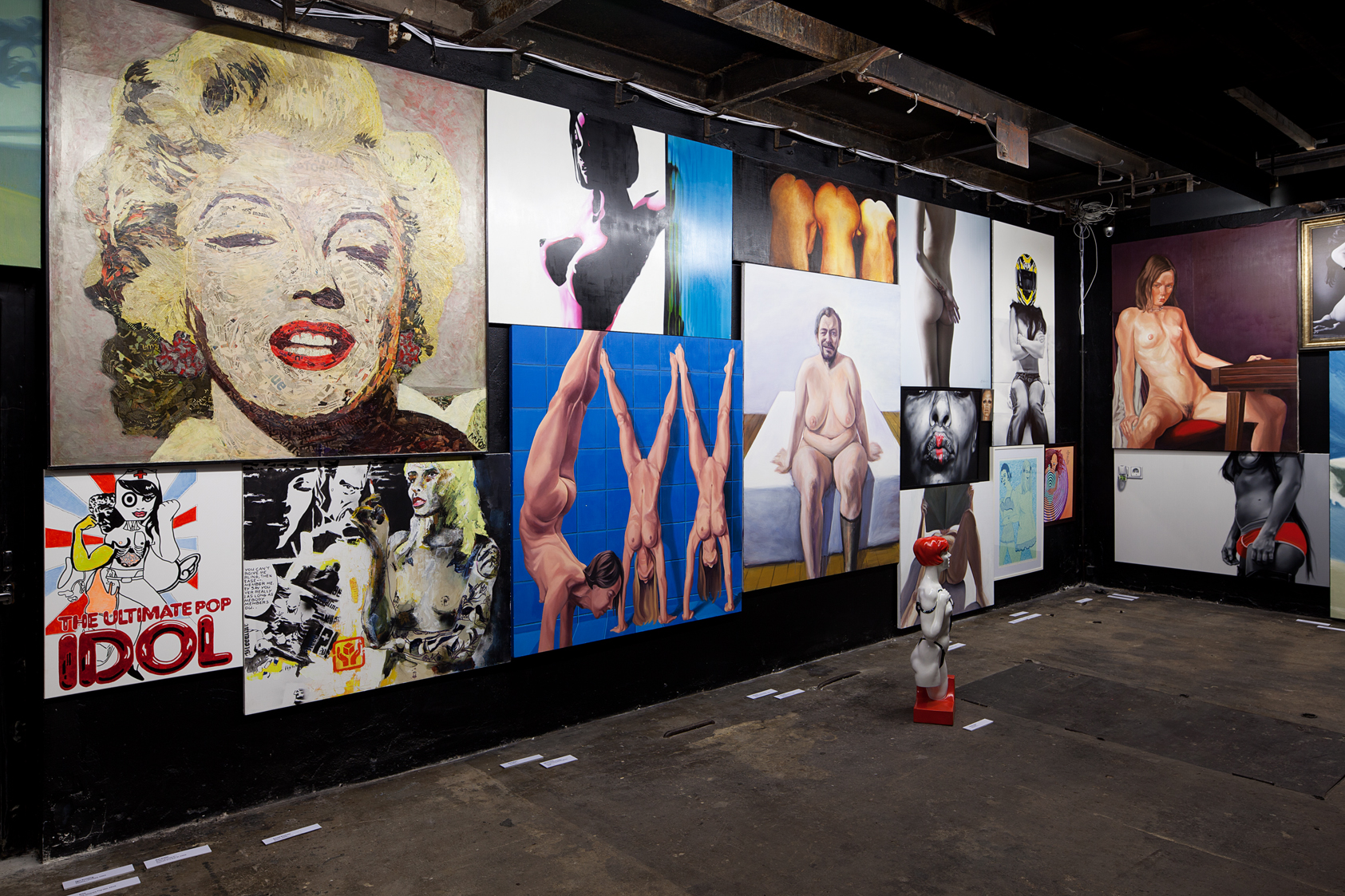Kunstnikud
Kuraator
EKKM press release:
Collection of Desires. Privatized Art
Contemporary Estonian Art From Private Collections
Exhibition opening FRIDAY, 27 July at 7 pm
artists: Kadri Alesmaa, Peeter Allik, Ronald Baumann, Billeneeve, DeStudio, Merike Estna, Ivar Kaasik & Emil Estee, Alice Kask, Kiwa, Mihkel Kleis, Mara Koppel, Agur Kruusing, August Künnapu, Peeter-Maria Laurits, Laurentsius, Herkki-Erich Merila, Rauno-Thomas Moss, Maarit Murka, Marko Mäetamm, Marianne Männi, Krista Mölder, Mall Nukke, Kaido Ole, Katrin Piile, Laura Põld, Rait Rosin, Katrin Rüütli, Tõnis Saadoja, Elis Saareväli, Siram, Hannes Starkopf, Marta Stratskas, Jaan Toomik, Tarvo Varres, Toomas Volkmann
collectors: Kaupo Karelson, Robert Kimmel, Laur Kivistik, Armin Kõomägi, Rain Tamm
photographer: Johannes Säre
curator: Anders Härm
Imagine, like Gaston Bachelard, that the building, in this case the EKKM building, is a metaphor for human consciousness, with its secret corners and labyrinths, its brighter and darker nooks. Imagine that this time, when You enter EKKM, You unexpectedly end up in the head, the consciousness of an Art Collector, like in the film Being John Malkovich one ends up in John Malkovich’s head. Imagine that this exhibition is a short story, the action of which takes place in the head of an Art Collector. The Art Collector is a fictional character, a collective composite figure and the exhibition his world of private enjoyments, desires, obsessions and fears. There were several prototypes for the modeling of the Art Collector’s character, but any resemblance to actual people is coincidental and unplanned.
The exhibition at EKKM has been assembled of the works belonging to five private collectors – Kaupo Karelson, Robert Kimmel, Laur Kivistik, Armin Kõomägi and Rain Tamm. They are collectors in their thirties and forties; one could even say a generation of collectors. They are all men. They represent different fields of life – from investment banking to TV producing, but they became entrepreneurs in the 1990s, when a keyword of economic policy was undoubtedly “privatization”. They started dealing with the privatization of art at different times and under different circumstances; they have been collecting for various periods of time, and the sizes of their collections vary. They have collected newer Estonian art from the 90s and 00s until the present day. It is characteristic that they have been interested not only in contemporary art. Most of the collections also include works from early periods of art history, depending on the shifts in focus – some include paintings from the 1970s and 80s, some prints from the same period, and some earlier art, etc. But one thing that unites them is a desire for art of the present day.
The conditional boundary for this exhibition was established as the beginning of the new era of independence. This boundary is marked at this exhibition by Jaan Toomik, DeStudio (Peeter Laurits & Erkki Erich Merlia), Marko Mäetamm, Kaido Ole, Agur Kruusing, Laurentsius, Peeter Allik, and other others. The second temporal boundary for the exhibition has been established by the artists that have appeared recently, such as Laura Põld or Marta Stratskas. In between is the entire 00s generation: Alice Kask, Tõnis Saadoja, August Künnapu, Rauno Thomas Moss, Krista Mölder, and many others.
One of the goals of the exhibition is, for the first time, to map which art and which artists have been collected during the last few decades; whether and how the art in various collections differs and thereby creates a narrative of Estonian art history for these periods that differs from the official narrative. One of the objectives of the exhibition, as already mentioned, could be to precisely depict a composite portrait of an abstract collector. Although the collectors represented at the exhibition do not represent the entire galaxy of art collectors, one can speak of certain trends – which art and artists interest collectors the most – in the context of this exhibition. We are also endeavoring to reveal some hidden treasures, which have been buried in the depths of some collection – works that have not been seen publicly for some time, or which may never have even been exhibited before having been acquired by a collector directly from the artist. There is perhaps no need to stress that the main medium at this exhibition is painting. Therefore, we have all the more endeavored to highlight and involve other means of art creation: photography, printmaking, and sculpture. One video is also on display.
For Boris Groys everything was clear: the relationship of curators, institutions, historians and other art professionals with art is iconoclastic; by attempting to historicize, classify it, and force it into a framework. Art is just an illustration of an art history and a curatorial narrative. According to Groys, the art market is purely desire-based and iconophile: the best picture is one that is most liked and sells the best. Art as an idol: “A work of art can please, impress, create a desire to possess it – all this while having no specific historical relevance and, therefore, remaining irrelevant to the museums narrative. And conversely: many art works may seem incomprehensible, boring and depressive to the general public but are given a place in the museum, because they are “historically new” or at very least “relevant” to a particular period.” (Boris Groys Art Power) In this contrast, there are many contradictions and much that is disputable, because desire-based iconography cannot have totally disappeared in the professional art world, just like art collection cannot be a total negation of official art history. But, our approach is different from both of these discourses: What we are aiming at is to use art, artists and collectors in order to create a meta-narrative about collecting. Groys might say this is violence. Yes, we agree, this is violence.
Press release prepared by
Anders Härm
For more information:
Phone: +3725084570
anders@ekkm.ee
Exhibition is supported by The Cultural Endowment of Estonia, Kaupo Karelson, Robert Kimmel, Laur Kivistik, Armin Kõomägi and Rain Tamm
